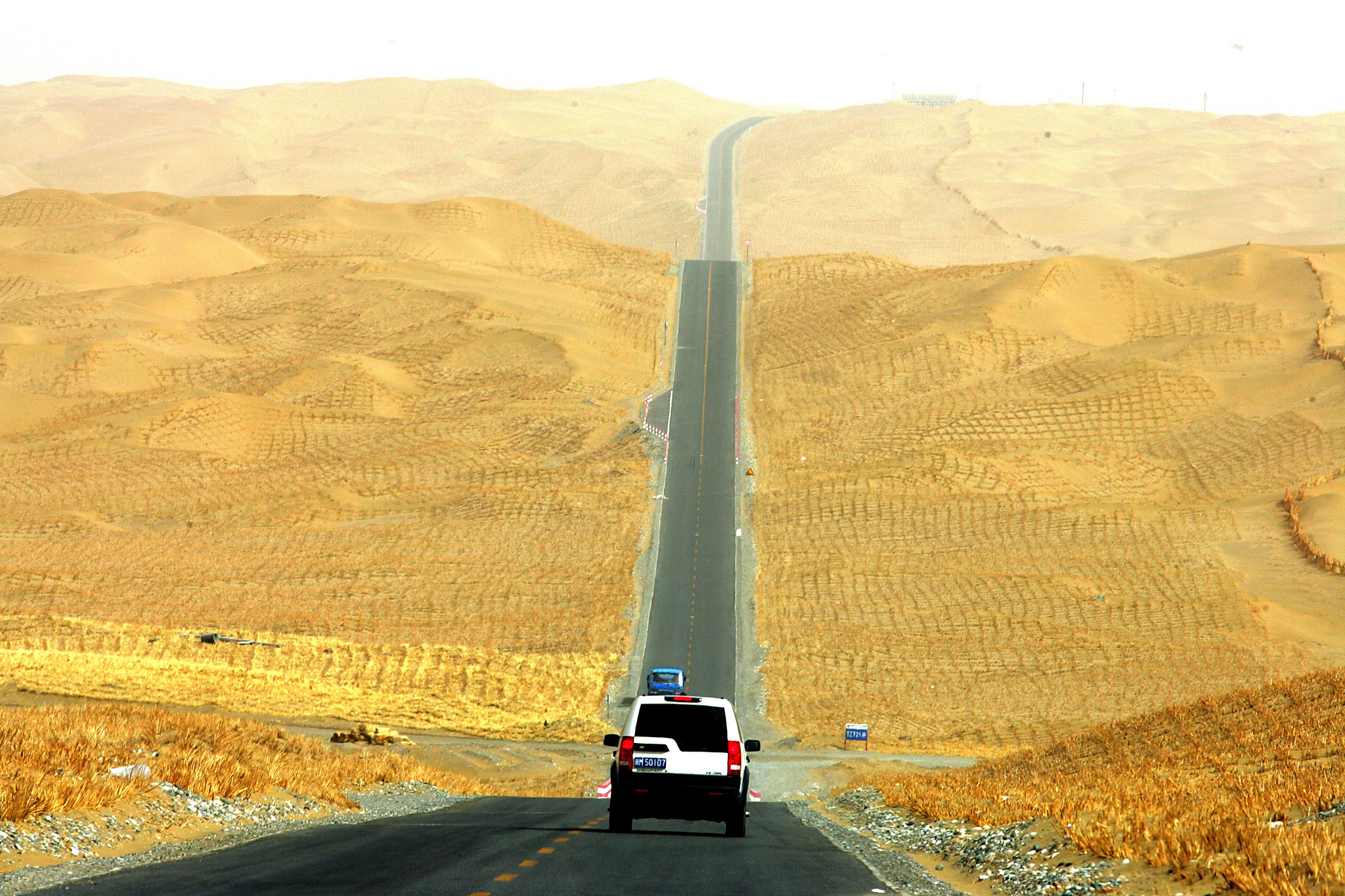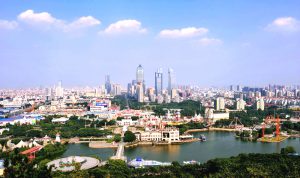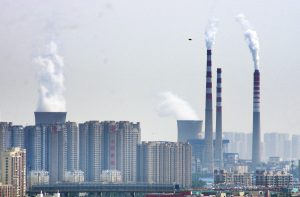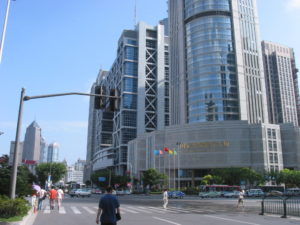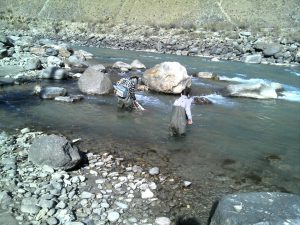Of the top-performing stories on chinadialogue in 2017 there’s an even split between those examining China’s domestic agenda and its activities abroad. So while efforts to address air pollution and accelerate the shift away from fossil fuels in China were all big stories, there was also a lot of interest in the country’s foreign investments in Latin America and through its Belt and Road initiative. Here is a run-down of the top ten…
1. Culture: An imperial sheep chase
When the Japan colonised eastern Inner Mongolia(then part of Manchukuo) in the 1930s, it was believed that the nomads living there were a dying race, and that the environment and its people needed imperial intervention to revitalise it. And so followed decades of experiments with hybrid sheep and alfalfa cultivation, with profound implications on the local environment and people that are still evident today.
Sakura Christmas – April 25
2. Special report: What’s happening at Pakistan’s Gwadar port?
The 3,000-kilometre China-Pakistan Economic Corridor, which works its way south through Pakistan from western China, ends at the port of Gwadar. This key part of China’s Belt and Road initiative has caused controversy, especially among local fishermen who fear being relocated to make way for new maritime infrastructure. As people wait for promised improvements in local services and new jobs at the still-sleepy port, fishermen are being displaced from their fishing grounds.
Zofeen T Ebrahim – June 16
3. Bike-sharing schemes flourishing or running riot?
Bike-sharing schemes have proliferated in China’s cities over the past few years. The brightly-coloured bicycles, which are unlockable with a mobile app, are providing people with a cheap, convenient and environmentally-friendly way to get around. The bikes are helping to reduce car traffic, making cities less polluted and congested. But the bikes are creating problems too. The race to produce them is causing environmental damage and there are now so many that they are blamed for blocking pavements.
Liu Qin & Zhang Chun – June 9
4. Can China meet its 2017 air quality goals?
China’s Air Pollution Action Plan, which was released in 2013, laid out a raft of measures to solve the smog problem. The plan entered its final year in 2017, with Beijing facing the particularly tough target of reducing the level of tiny particles (PM2.5) to 60 microgrammes per cubic metre. Recent data suggests the target may be met, but the push to implement the targets has come at a price to villages outside the city.
Zhang Chun – January 25
5. Chinese Belt and Road Initiative still pushing coal
China’s Belt and Road initiative is an ambitious attempt to boost economic growth in over 65 countries, principally through infrastructure development. But it’s also been criticised for driving investment into coal power, effectively locking developing countries into power generation that will last decades, damage people’s health and contribute to climate change.
Feng Hao – May 12
6. China dominates top 200 clean tech companies list
China’s emergence as a global leader in clean energy was confirmed by the latest Clean200 list, which ranks the top 200 green energy and technology companies across various sectors. This year’s list revealed that 71 of the world’s largest 200 publically-listed firms are based in China. Compared to the United States, China has almost double the number of companies in the list.
Charlotte Middlehurst – February 22
7. China turns to energy storage to push renewables
Despite another big year for renewables growth in China, the country’s grid is still struggling to bring clean electricity to consumers. To ensure the grid can accommodate intermittent sources of power like solar and wind, the government is turning to energy storage and pushing ahead with much-needed reforms to the electricity market.
Charlie Vest – February 27
8. China raises is low-carbon ambitions in new 2020 targets
As the world’s largest emitter of greenhouse gases, China’s 13th Five-Year-Plan on Energy Development isn’t just a big deal domestically, it will have far-reaching implications for the global climate. In January, the plan was finally unveiled, setting out targets for 2020 and significantly raising ambition for low-carbon energy while placing stricter limits on coal use and new generation.
Ma Tianjie – January 5
9. Interview: Source of Mekong, Yellow and Yangtze rivers drying up
In 2015, the Chinese government announced plans to set up a new nature reserve in the Sanjiangyuan (“three river source”) region of the Qinghai-Tibet plateau. In this interview with geologist Yang Yong, he explains how climate change is making dry-outs increasingly common at the headwaters, putting local biodiversity at risk. The reduced water flows, combined with enormous hydropower development along the rivers, are compounding the damage.
Liu Qin – March 8
10. Latin America’s oil dependent states struggling to repay Chinese debts
China has been a major lender to Latin America in recent years but with many economies in the region struggling, there are concerns about the levels of debt countries are taking on, and how that debt is going to be repaid. With Chinese loans mostly focused on energy and mining, experts are calling for countries in the region to push for investment into sustainable projects.
Zhang Chun – April 12
